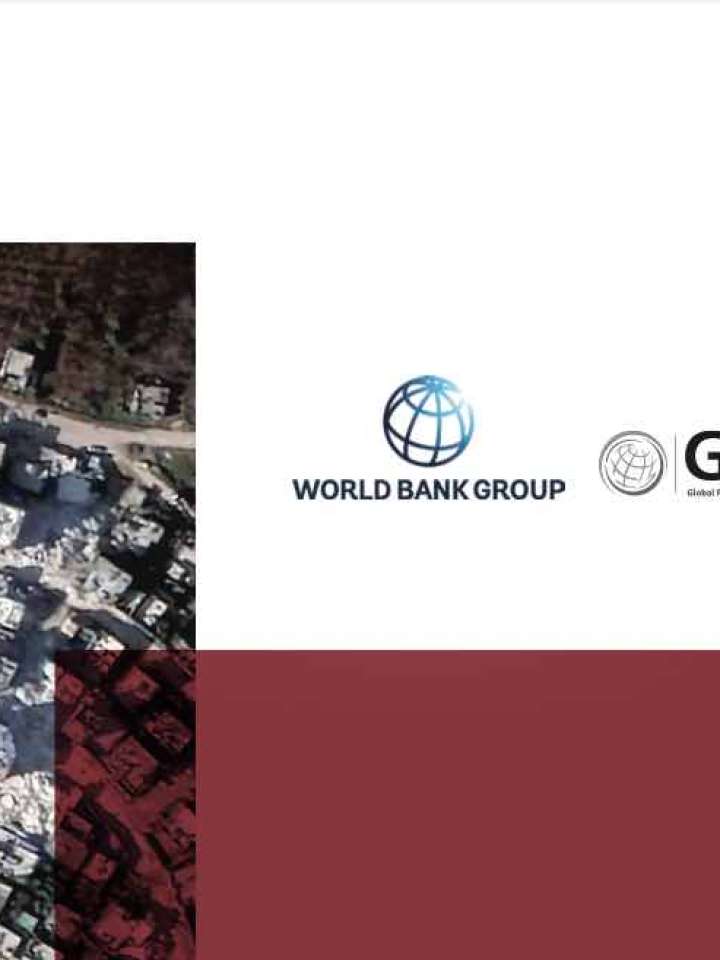Syria Earthquake 2023 Rapid Damage and Needs Assessment (RDNA)
The Syria Earthquake 2023 Rapid Damage and Needs Assessment (RDNA) presents an assessment of the impact of the earthquake on physical assets, infrastructure, and service delivery in the six most affected governorates. It provides a preliminary estimate of infrastructure reconstruction and service delivery restoration needs in the immediate and short-term, based on publicly available information, remote data sources and sensing techniques. The RDNA also analyzes the macroeconomic and socioeconomic impacts of the earthquake to understand anticipated repercussions on the economic outlook and on the well-being of the Syrian people.
The RDNA estimates recovery and reconstruction needs across the six assessed governorates at US$7.9 billion, with needs in the first year following the earthquake estimated at US$3.7 billion and at US$4.2 billion in the two consecutive years. The agriculture sector registered the largest needs (27% of total needs), followed by housing (18%), social protection (16 %) and transport (12%).
The RDNA follows an initial assessment conducted by the World Bank known as Global Rapid Post-Disaster Damage Estimation (GRADE) that estimated initial direct physical damages in Syria between US$2.7 billion and US$7.9 billion. While the GRADE focuses on physical damages and relies largely on earthquake damage modelling and exposure analysis, the RDNA provides sectoral damages, economic losses, and recovery needs, estimated through various data acquisition and triangulation tools. Difference in the methodology and scope explain the variation in GRADE and RDNA results, however, both estimates broadly fall within the same range.

